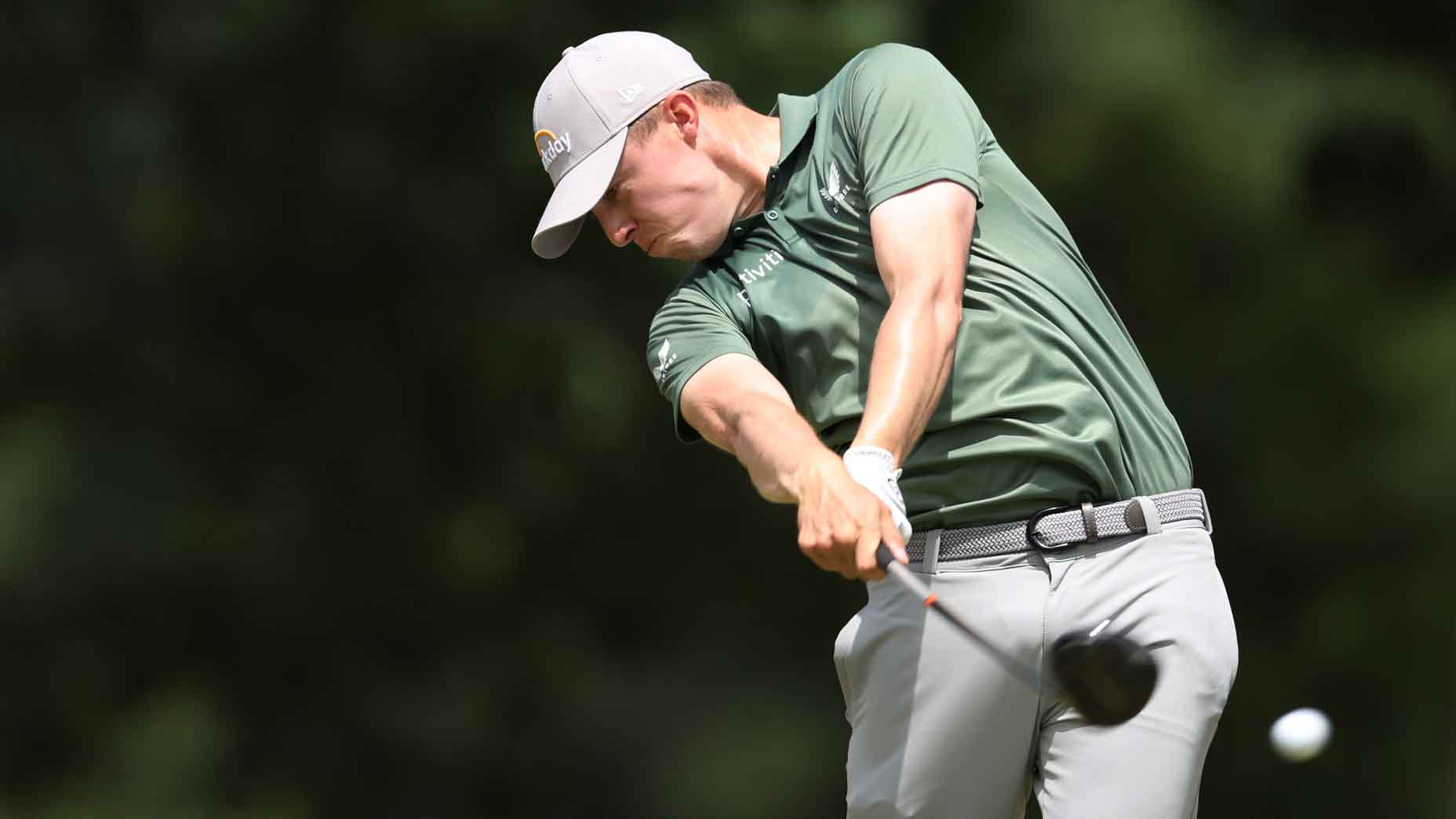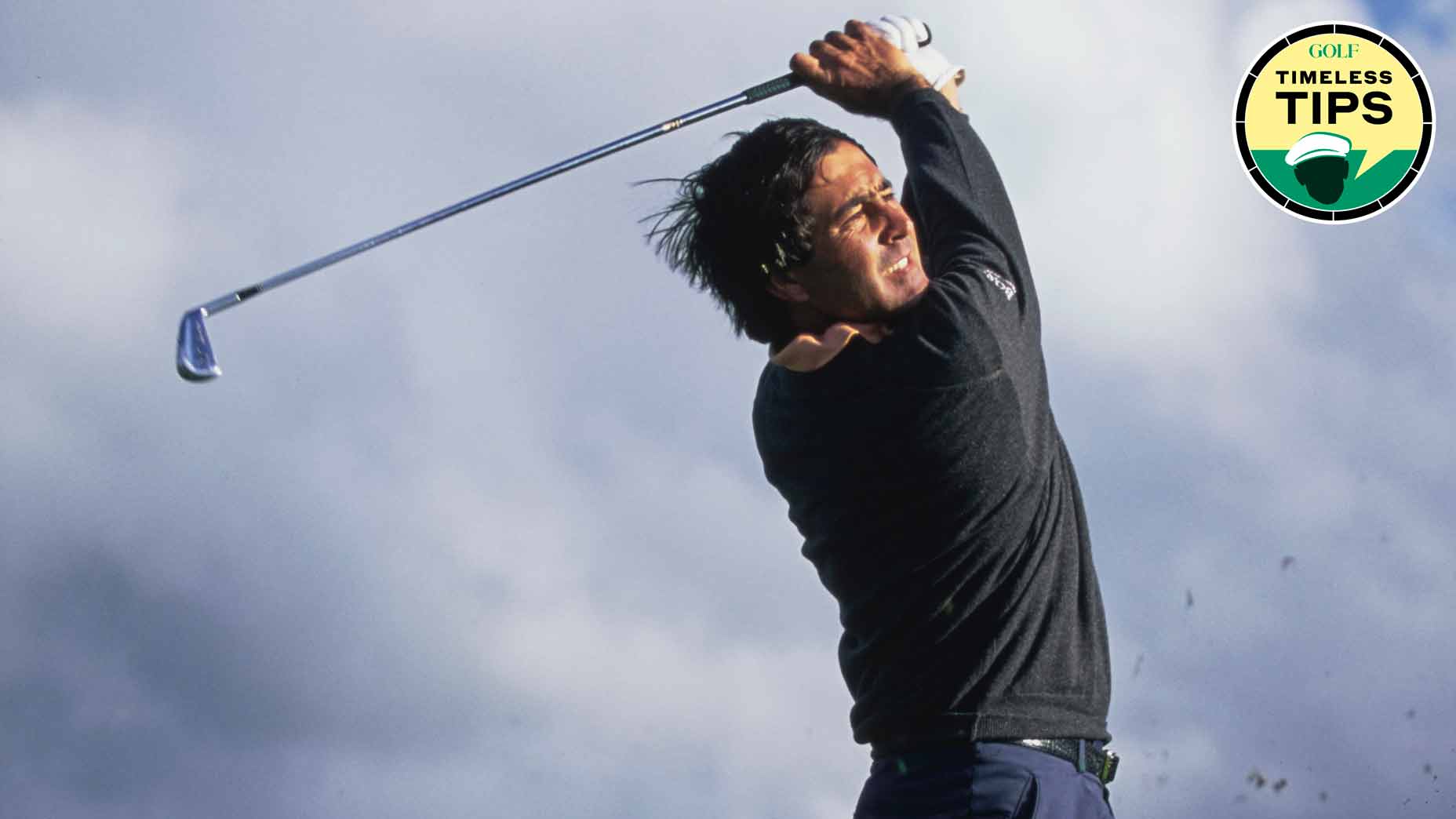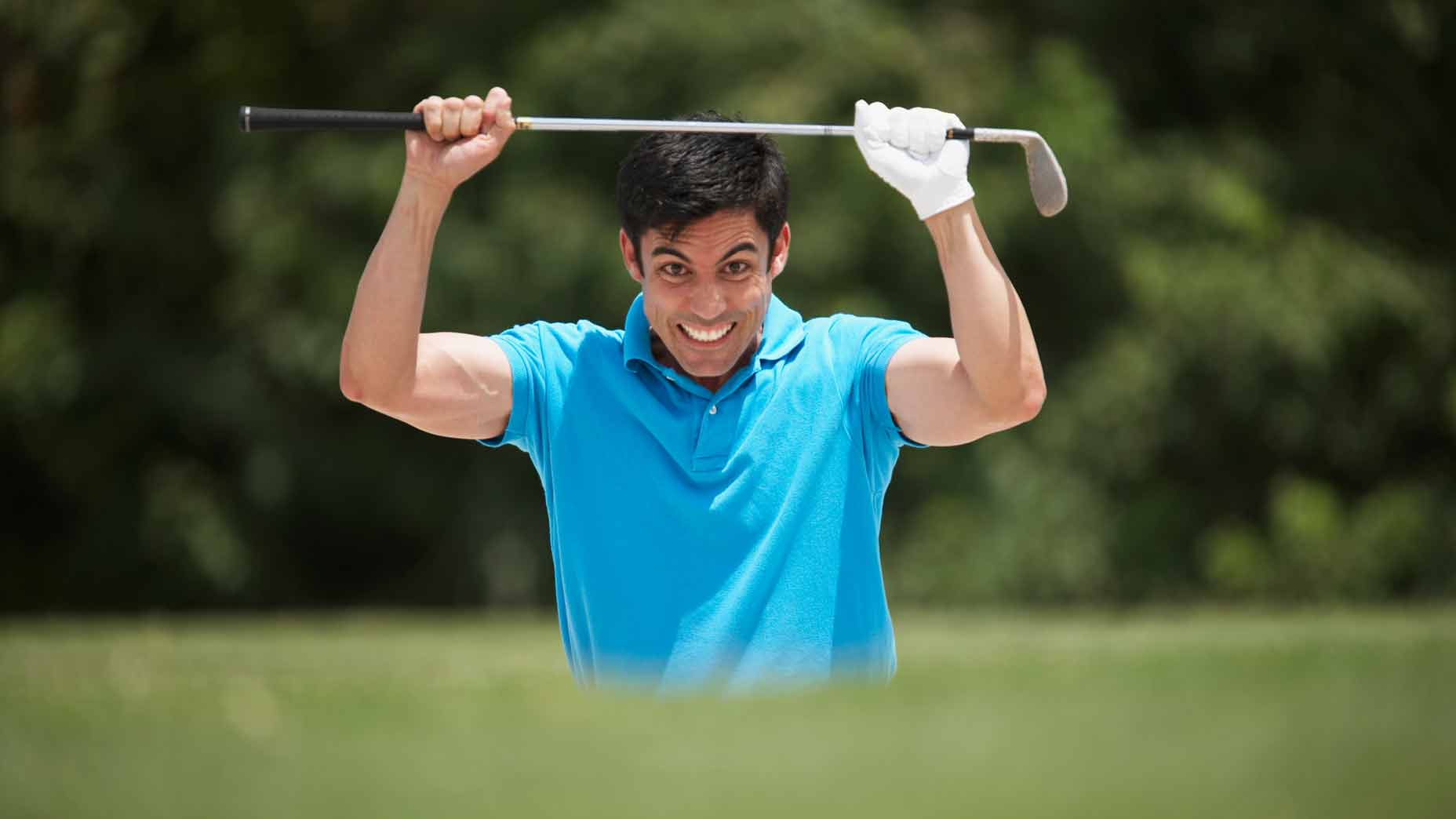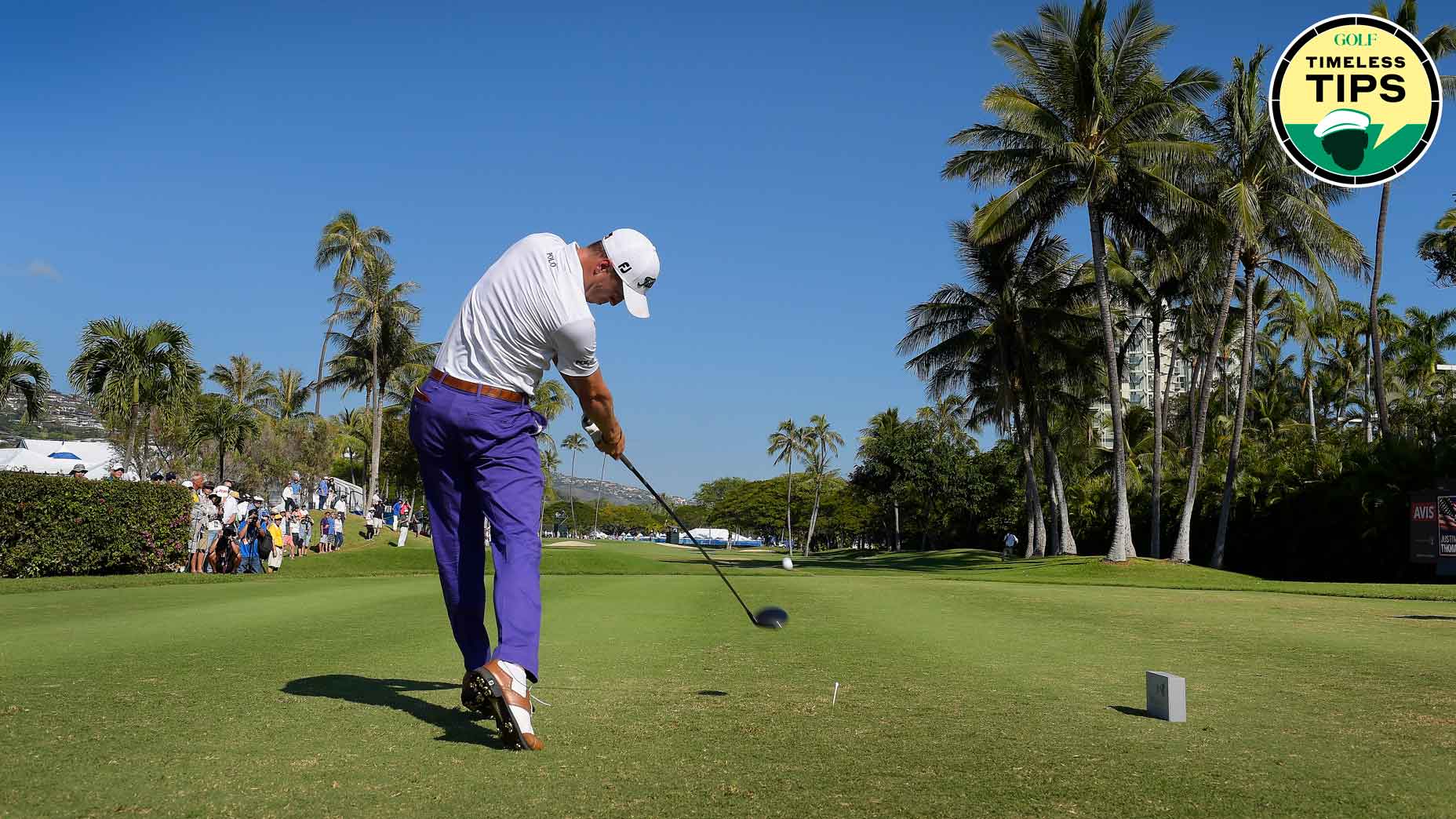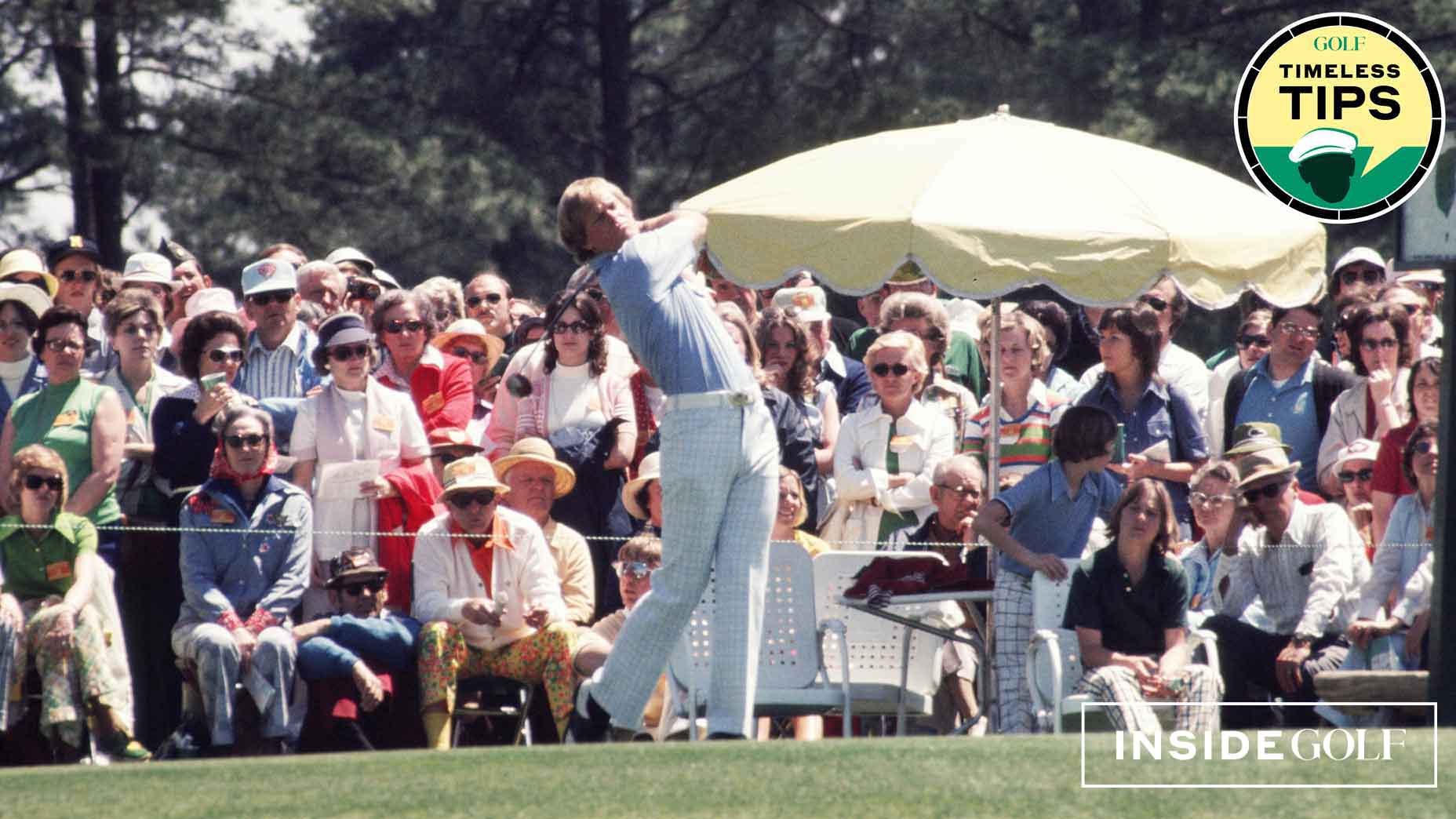So you want to hit the ball longer off the tee? Join the club.
There’s no skill in golf that is as coveted as distance — and for good reason. When you can hit the ball long off the tee, it makes carding birdies much easier.
We see this play out each weekend when the pros are tearing it up on the PGA Tour. They belt the ball so far that many of the hazards weekend warriors struggle with seldom even come into play — and that’s even from a tee box or two back. When you can nuke the ball off the tee, the way you attack a course is entirely different.
If you want to dominate the course like the pros do, you’d be wise to take a page out of their books. No, you’ll likely never swing it quite like Rory or Bryson, but there are some swing traits you can try to mimic.
In the text below, GOLFTEC‘s Director of Teaching Quality Josh Troyer uses OptiMotion Technology to break down three key swing characteristics that the bombers share.
1. Fast grip handle speed
According to Troyer, one of the key differences between the fastest swing-speed players and average players is how quickly they move the grip (or “butt”) of the club through the impact zone.
“When we look at the fastest players in the world, they move the butt of the club really fast up in the air from P6 to P8,” he says.
P6 refers to when the shaft is parallel to the ground in the downswing, while P8 is when the shaft is parallel to the ground just after impact. And in between those two spots, the grip handle is moving incredibly fast for the long bombers. This grip acceleration is a byproduct of powerful body motions, which we expand on below.
2. Proper shoulder tilt
To move the grip quickly, players must move their bodies efficiently — especially their shoulders. One key move the bombers share: tilting the shoulders to the right rapidly during the downswing.
“Players’ shoulder tilts are, on average, 12 degrees to the right at P6, 30 degrees at impact, and 45 degrees by P8,” Troyer says. “That 33 degrees of change happens very quickly.”
This tilting of the shoulders creates space in the swing, allowing the arms to move freely and the club to accelerate through impact. The faster the shoulders tilt, the faster the grip — and ultimately, the clubhead — can move.
3. Backward bend
Another critical movement is backward bend, which is often referred to as spine extension. This motion involves the player arching backward during and after impact.
“At shaft parallel in the downswing, they have 43 degrees of forward shoulder bend,” Troyer says. “By P8, they’re five degrees back. That 48-degree change happens in a very short period of time.”
This aggressive extension adds upward force to the swing and keeps the grip end of the club accelerating. Elite players like Bryson DeChambeau and Rory McIlroy often show even more extreme versions of this move.



